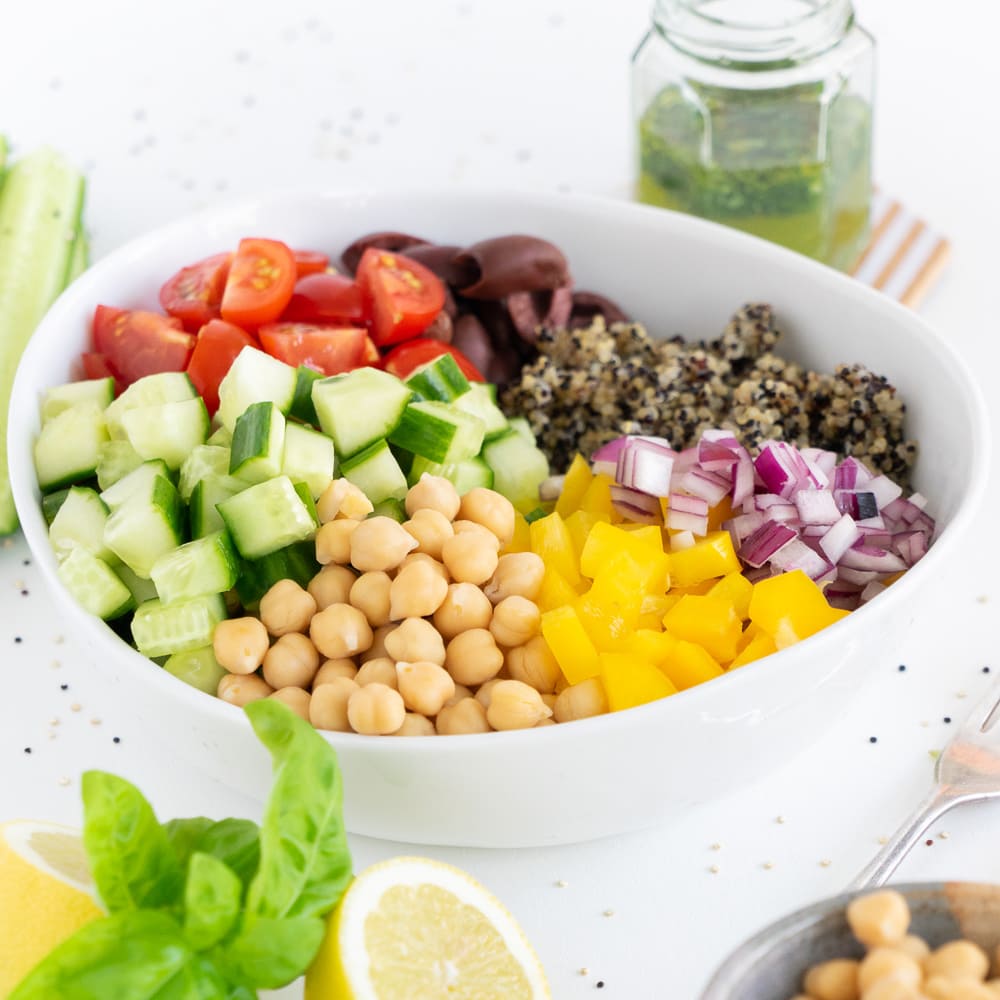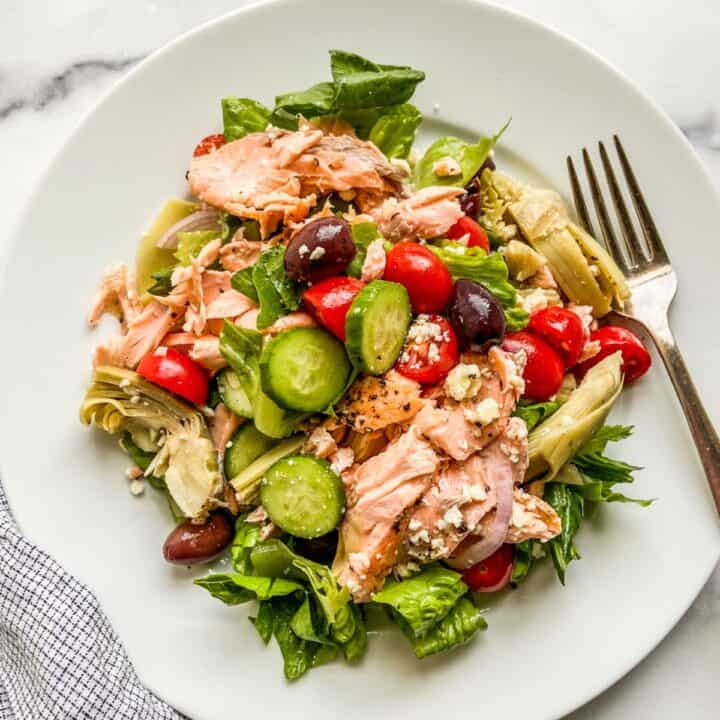Eating light and healthy meals can be a game-changer for both your physical and mental well-being. These meals are designed to provide essential nutrients without the heavy, calorie-laden components that can weigh you down. This article explores various aspects of preparing and enjoying light and healthy meals, highlighting the importance of balanced nutrition, preparation techniques, and specific meal ideas.
The Importance of Balanced Nutrition
Understanding Macronutrients
Balanced nutrition is the foundation of a healthy diet. Macronutrients—carbohydrates, proteins, and fats—are crucial for our bodies to function correctly. Carbohydrates provide the primary source of energy, proteins are essential for muscle repair and growth, and fats are necessary for hormone production and cell structure. Eating a balanced diet ensures that you get the right proportions of these macronutrients to maintain energy levels, muscle health, and overall well-being.
When crafting light and healthy meals, focus on including whole grains, lean proteins, and healthy fats. Whole grains like brown rice, quinoa, and oats are excellent sources of complex carbohydrates. Lean proteins such as chicken breast, fish, tofu, and legumes offer essential amino acids without excessive fat. Healthy fats, found in avocados, nuts, and olive oil, support brain health and hormone function. Balancing these macronutrients can help you maintain a healthy weight and prevent chronic diseases.

The Role of Micronutrients
In addition to macronutrients, micronutrients—vitamins and minerals—play a vital role in keeping the body healthy. These nutrients support various functions, including immune response, bone health, and energy metabolism. Vitamins such as A, C, and E act as antioxidants, protecting your cells from damage. Minerals like calcium, magnesium, and potassium are crucial for bone strength, muscle function, and fluid balance.
Incorporating a variety of fruits and vegetables into your meals ensures that you get a wide range of these essential vitamins and minerals. Leafy greens, berries, citrus fruits, and cruciferous vegetables like broccoli and cauliflower are packed with micronutrients. Including a colorful array of produce in your diet not only enhances the nutritional value of your meals but also adds flavor and visual appeal.
Preparation Techniques for Healthy Meals
Cooking Methods
The way you cook your food can significantly impact its nutritional value. Opting for healthier cooking methods can help you prepare light and nutrient-dense meals. Steaming, grilling, and baking are excellent techniques that preserve the food’s nutritional content without adding extra fats or calories. Steaming vegetables, for instance, retains most of their vitamins and minerals, making them a more nutritious option compared to boiling.
Using non-stick cookware and minimal oil can also help reduce unnecessary fat intake. When sautéing, choose healthy oils like olive oil or coconut oil, but use them sparingly. Grilling and baking are great methods for meats and fish, as they allow the excess fat to drip away. Stir-frying vegetables quickly at high heat in a minimal amount of oil preserves their crunch and nutrients. By adopting these cooking methods, you can enjoy tasty meals that are also good for you.
Portion Control
Portion control is another key element of maintaining a healthy diet. Even when eating healthy foods, consuming them in large quantities can lead to weight gain and other health issues. Learning to control portion sizes helps you enjoy a variety of foods without overindulging. Use smaller plates and bowls to help manage portions visually. Measuring your food with cups, spoons, or a kitchen scale can provide a better understanding of appropriate serving sizes.
Mindful eating is a practice that can aid in portion control. Paying attention to your body’s hunger and fullness signals allows you to stop eating when you’re satisfied rather than when you’re stuffed. Eating slowly and savoring each bite can also help you enjoy your meals more and reduce the likelihood of overeating. Incorporating portion control techniques into your meal preparation can lead to healthier eating habits and better overall health.

Breakfast: Starting the Day Right
Nutritious Breakfast Options
Breakfast is often called the most important meal of the day, and for good reason. A nutritious breakfast kick-starts your metabolism and provides the energy needed to tackle your morning activities. Light and healthy breakfast options can include smoothies, oatmeal, and avocado toast. Smoothies made with a variety of fruits, vegetables, and a protein source like Greek yogurt or protein powder make a quick and nutritious start to the day.
Oatmeal is another excellent choice, offering a good balance of complex carbohydrates and fiber. Top your oats with fresh berries, nuts, and a drizzle of honey for added flavor and nutritional benefits. Avocado toast on whole-grain bread provides healthy fats and fiber, keeping you full and satisfied until your next meal. By starting your day with a balanced breakfast, you set a healthy tone for the rest of the day.
Tips for Quick and Easy Breakfasts
Mornings can be hectic, but that doesn’t mean you have to skip breakfast. Preparing breakfast the night before can save time and ensure you have a healthy meal ready to go. Overnight oats, for instance, can be prepared in a jar with your favorite toppings and stored in the fridge for a quick grab-and-go breakfast. Smoothie packs made by pre-portioning fruits and veggies into freezer bags can make morning smoothie preparation a breeze.
If you prefer a hot breakfast, consider making a batch of egg muffins or frittata slices that can be reheated quickly. These can be packed with vegetables and lean proteins, providing a nutritious start to the day. Planning and prepping your breakfast ahead of time ensures that you always have a healthy option available, even on the busiest mornings.
Lunch: Midday Fuel
Light and Healthy Lunch Ideas
A balanced lunch is essential for maintaining energy levels throughout the afternoon. Salads, grain bowls, and wraps are versatile and nutritious options. For salads, mix a variety of greens with colorful vegetables, lean proteins like grilled chicken or tofu, and healthy fats like avocado or nuts. Top it with a light dressing made from olive oil and vinegar for added flavor without unnecessary calories.
Grain bowls are another excellent choice. Start with a base of whole grains like quinoa, brown rice, or farro, and add a mix of roasted or steamed vegetables, beans or lentils, and a protein source. Drizzle with a low-fat sauce or dressing to tie the ingredients together. Whole-grain wraps filled with lean proteins, fresh veggies, and a spread like hummus or a light yogurt dressing make for a convenient and healthy lunch option.
Packing a Healthy Lunch
If you’re frequently on the go, packing your lunch can help you stay on track with healthy eating. Invest in quality containers that keep your food fresh and make it easy to transport. Prepare your ingredients the night before or over the weekend to save time during busy weekdays. For instance, chop your vegetables, cook grains, and grill proteins in advance so you can quickly assemble your lunch in the morning.
Incorporating a variety of colors and textures into your lunch can make it more appealing and nutritionally balanced. Including all macronutrients—carbohydrates, proteins, and fats—in your lunch will ensure you stay full and energized. Packing your lunch not only helps you control portions but also ensures you are consuming wholesome ingredients throughout the day.

Healthy Cooking Tips for Dinner
Cooking dinner at home allows you to control the ingredients and portion sizes, making it easier to prepare light and healthy meals. Opt for whole foods and minimize the use of processed ingredients. Using herbs and spices rather than salt can enhance the flavor of your dishes without adding extra sodium. Cooking with healthy fats like olive oil instead of butter can reduce unhealthy fat intake.
Including a variety of vegetables in your dinner not only boosts the meal’s nutritional value but also adds flavor and texture. Steaming or roasting vegetables are excellent cooking methods that preserve nutrients while enhancing taste. Planning your dinners around lean proteins, whole grains, and plenty of vegetables can help you enjoy a balanced diet without feeling deprived.
Snacks and Desserts: Healthy Indulgences
Nutritious Snack Options
Snacks can be part of a healthy diet if you choose wisely. Nutritious snacks provide a quick energy boost and prevent overeating at meal times. Fresh fruits, nuts, and yogurt are excellent options. An apple with a handful of almonds offers a balance of fiber, healthy fats, and protein. Greek yogurt with a drizzle of honey and a sprinkle of granola can satisfy sweet cravings while providing probiotics and protein.
Vegetable sticks with hummus or a small portion of cheese can offer a savory, satisfying snack that’s also nutrient-dense. Preparing snacks in advance can help you make better choices when hunger strikes. Keep healthy snacks readily available at home and work to avoid reaching for less nutritious options.
Healthy Dessert Ideas
light healthy meals Enjoying dessert doesn’t have to derail your healthy eating goals. Light and healthy desserts can satisfy your sweet tooth without excess sugar and fat. Fresh fruit salads, made with seasonal fruits and a squeeze of lemon or lime juice, offer a refreshing and nutrient-rich treat. For a touch of indulgence, add a dollop of whipped coconut cream or a sprinkle of cinnamon.
Yogurt parfaits layered with fresh berries, a bit of honey, and a sprinkle of nuts or granola can provide a satisfying and wholesome dessert. For a richer option, consider dark chocolate with a high cocoa content. A small serving of dark chocolate offers antioxidants and can be enjoyed in moderation. By choosing lighter, nutrient-dense desserts, you can enjoy a touch of sweetness without compromising your healthy eating efforts.
Conclusion
Eating light and healthy meals is a practical and enjoyable way to maintain your well-being. By understanding balanced nutrition, utilizing healthy cooking methods, and choosing wholesome ingredients, you can create delicious meals that nourish your body. Whether it’s a hearty breakfast, a balanced lunch, a satisfying dinner, or a nutritious snack, each meal is an opportunity to practice healthy eating habits. Start incorporating these principles into your daily routine, and you’ll soon experience the benefits of a lighter, healthier lifestyle.


